When our oldest son, Sean, was packing to go to college, I made a list of items he needed: a laundry hamper, a shower caddy, twin XL sheets to fit his dorm mattress, and cleaning supplies, in hopes that he and his roommates would actually clean from time to time.
Stefano, however, had other priorities. He arrived home with a bag of essential items to send along: a bag of bruschette, a couple of salami, a wedge of Pecorino Romano, a small cutting board, and a few knives. “To cut your bread, salami, and cheeses,” he said.
“Are you sure those are allowed in the dorm?” I asked, eyeing the knives. “This is America. They are probably considered a weapon. He could be expelled.” Stefano gave me that look as if to say, “Don’t be ridiculous.” The cutting board and knives were added to Sean’s suitcase.
This story captures the roles Stefano and I have played in raising our boys. As the American parent, I’ve been the point person for homework, summer camps, college applications, and, as they’ve gotten older, navigating leases and filing tax returns.
As the Italian parent, Stefano taught our boys to speak Italian and appreciate Italian culture. Our kids have memories of waking up early on Sunday mornings (afternoon in Italy) to watch the Ferrari team race in Formula 1 and cheer for A.S. Roma during Italian soccer matches.

He emphasized social etiquette, such as going to salutare (greet) the aunts, uncles, and cousins when we visit family in Italy, and our elderly next door neighbor, Wanda, when they come home to Minneapolis for a quick visit.
Stefano also made sure our boys embraced Italian food and wine. While their friends packed ham and cheese sandwiches, our boys had panini con prosciutto e mozzarella, once prompting a counselor at Luca’s summer camp to offer to trade lunches with him. We ate different foods than their friends’ families did, put different toppings on our pizza, and celebrated holidays with different meals and desserts.
Now that they are older and living independently, Stefano makes sure our boys know how to properly open a bottle of wine and how to taste the wine and approve a bottle in a restaurant. On weekends when we catch up with them by phone, I ask the oldest about work and the youngest about college; Stefano, taking after his mom, asks them what they are eating.
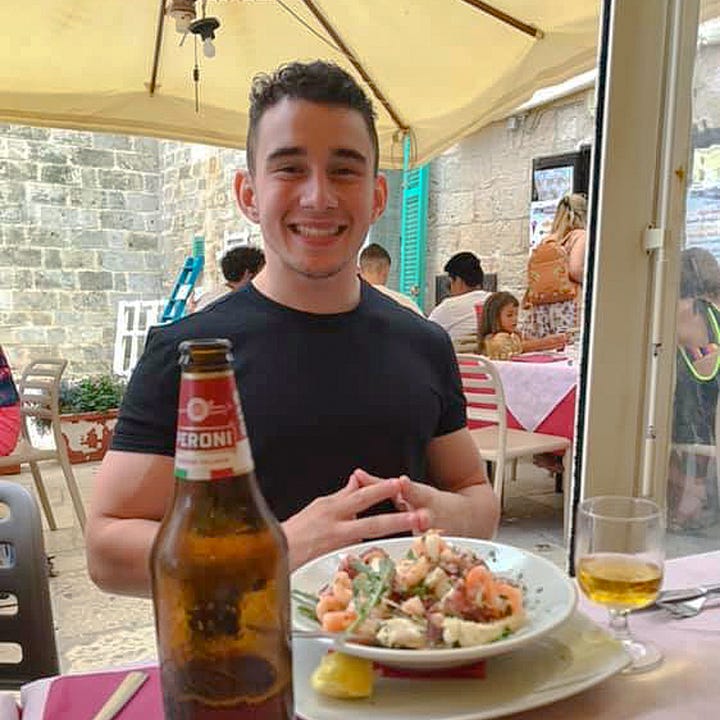
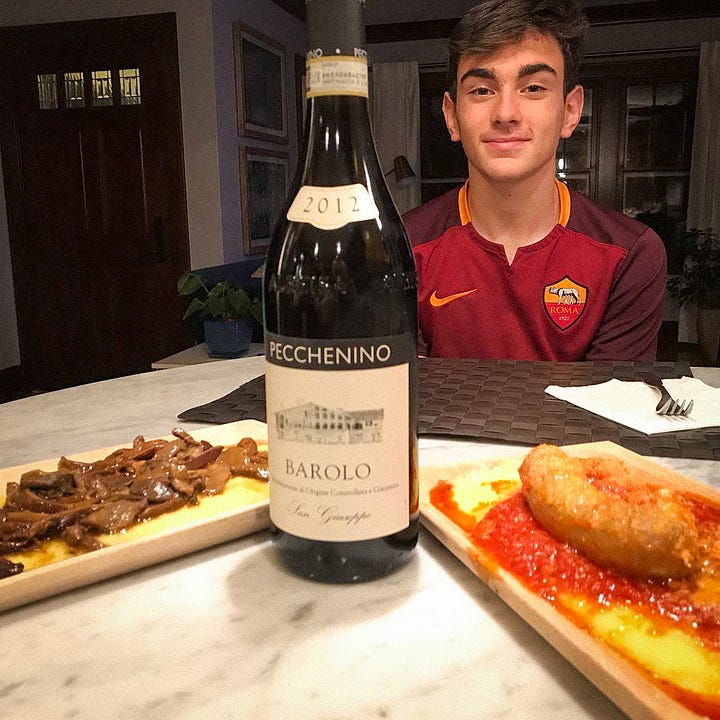
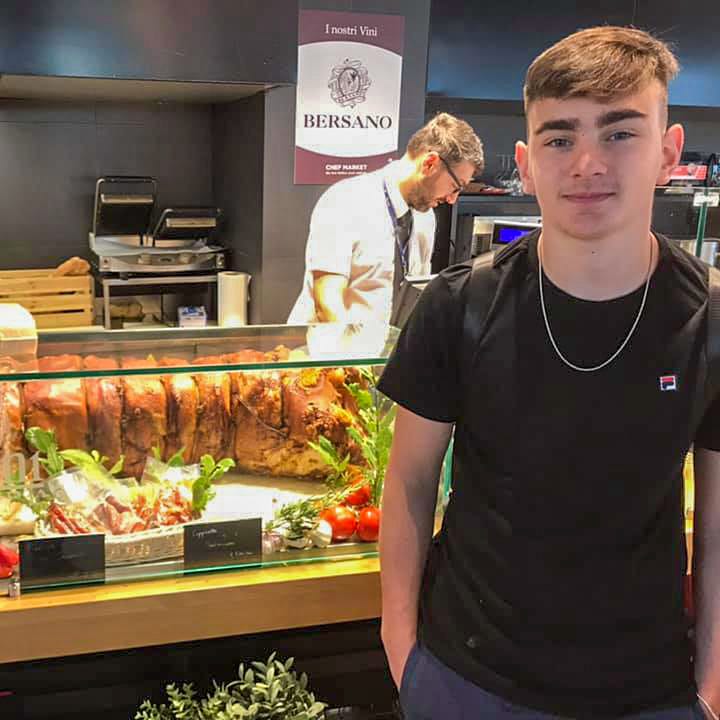
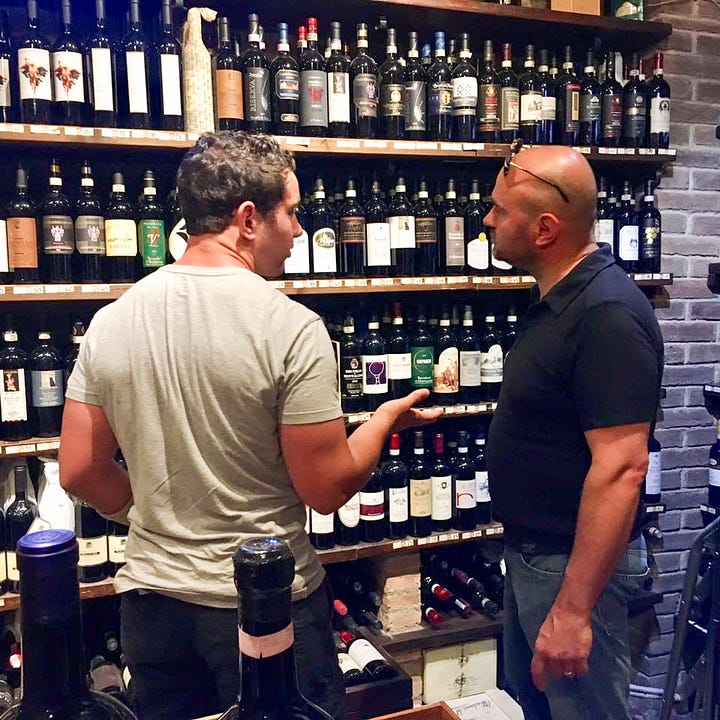
Seafood is among the foods our boys grew up eating. Octopus, clams, and mussels regularly appeared on our dinner table when they were growing up. Risotto alla pescatore is Luca’s most requested dish when he comes home to visit. They both willingly eat oysters, even though they haven’t jumped at Stefano’s offer to learn how to shuck them. They have been willing to learn how to carve a whole fish, however.
In a restaurant, a whole, cooked fish is usually brought tableside intact, and then the server expertly carves and debones it right there, serving the delicate, white meat directly to your plate. At home, it’s common for a cooked fish to be served whole - head, tail, and all. Knowing how to carve the fish without making a mess is a culinary life skill our boys have embraced.
Pesce all’acqua pazza
When we make a whole fish at home, Stefano usually prepares it all’acqua pazza.
Pesce all’acqua pazza literally means “fish in crazy water.” There are different versions of how this term came to be, but most generally agree that fishermen in southern Italy cooked fish in salty sea water to give it flavor when they were away from home on fishing expeditions. One story claims that the term originates from the belief that too much salt “te fa ascì pazz,” Neapolitan dialect for “makes you crazy,” and therefore the technique of cooking fish in sea water became known as all'acqua pazza.
There’s no sea water in modern versions of pesce all’acqua pazza. In our recipe, the fish is seasoned with cherry tomatoes, parsley, salt, garlic, olive oil, and white wine and poached in the oven. We usually use branzino, or spigola in Italian, but bream or sea bass will work, too.
Ingredients
2 servings
2 whole fish (branzino, sea bass, or bream), dressed with the head intact.
Cherry tomatoes (about 20-30 tomatoes)
Flat-leaf Italian parsley
2 cloves of garlic
Salt
Extra-virgin olive oil
1/4 cup dry white wine
1/2 cup water
Equipment
Aluminum foil
Metal baking sheet
Instructions
Preheat the oven to 350° Fahrenheit / 180° Celsius.
Line a baking sheet with a piece of aluminum foil that extends a few inches beyond the edges.
Halve the cherry tomatoes.
Cut the garlic into pieces.
Rinse a small bunch of parsley and pat dry.
Rinse the fish with water, pat dry, and set them on the baking sheet.
Sprinkle salt around the inside of the fish.
Insert three cherry tomatoes, a few pieces of garlic, and 3-4 strands of parsley inside the fish.
Arrange the remaining cherry tomatoes around the two fish. Add the rest of the garlic and a few more strands of parsley.
Sprinkle the wine and drizzle some olive oil over each fish.
Pour the water onto the baking sheet, avoiding the fish themselves.
Sprinkle a bit more salt over the fish and the condiment.
Fold the edges of the aluminum foil together to create a sealed packet.
Bake the fish for about 20 minutes.
Open the aluminum foil seal and bake for another 5 minutes.
Check for doneness by making a small cut into the top of the fish. The flesh should be white and flaky.
How to Carve a Fish
Carving a fish takes patience and practice. Here’s how we do it:
Insert your knife into the opening of the stomach and, passing above the spine, slice an opening to the tail.
Using your fork and knife, carefully lift the top fillet and turn it over on the plate. Remove any seasonings inside the fish.
Remove the head, spine, and tail. Set them aside on a separate
Use your fork and knife to locate and remove the remaining bones at the edges of each fillet.
Gently lift each fillet with your fork. Pull away and remove the skin underneath.
Eat the fish carefully, paying attention to any stray bones.
You may also like…
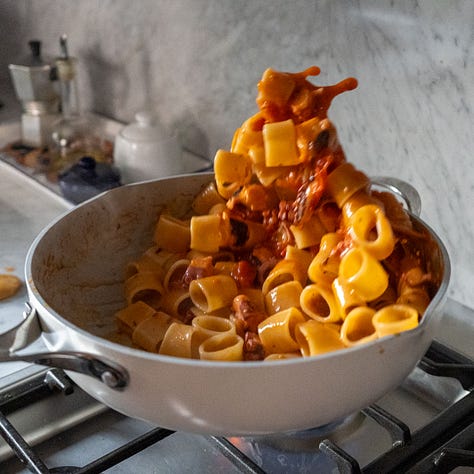

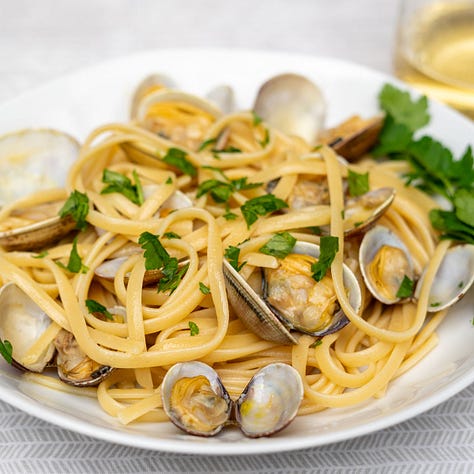







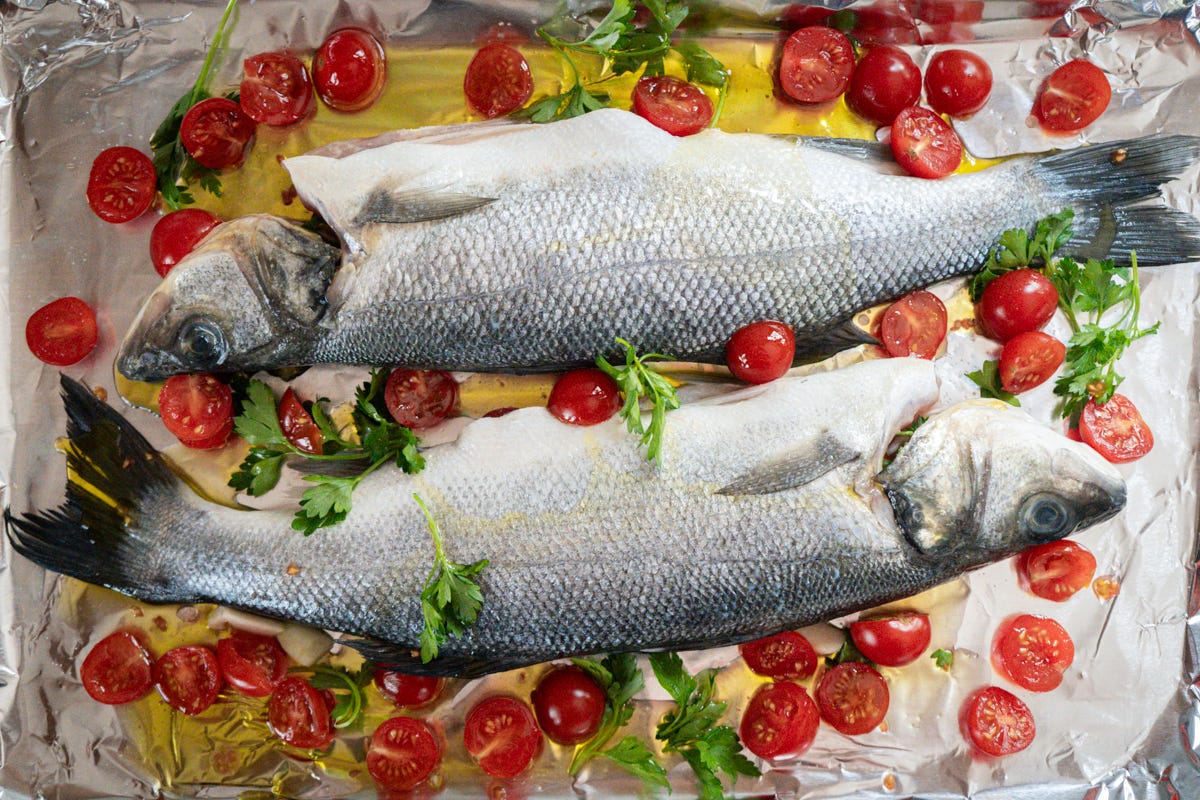

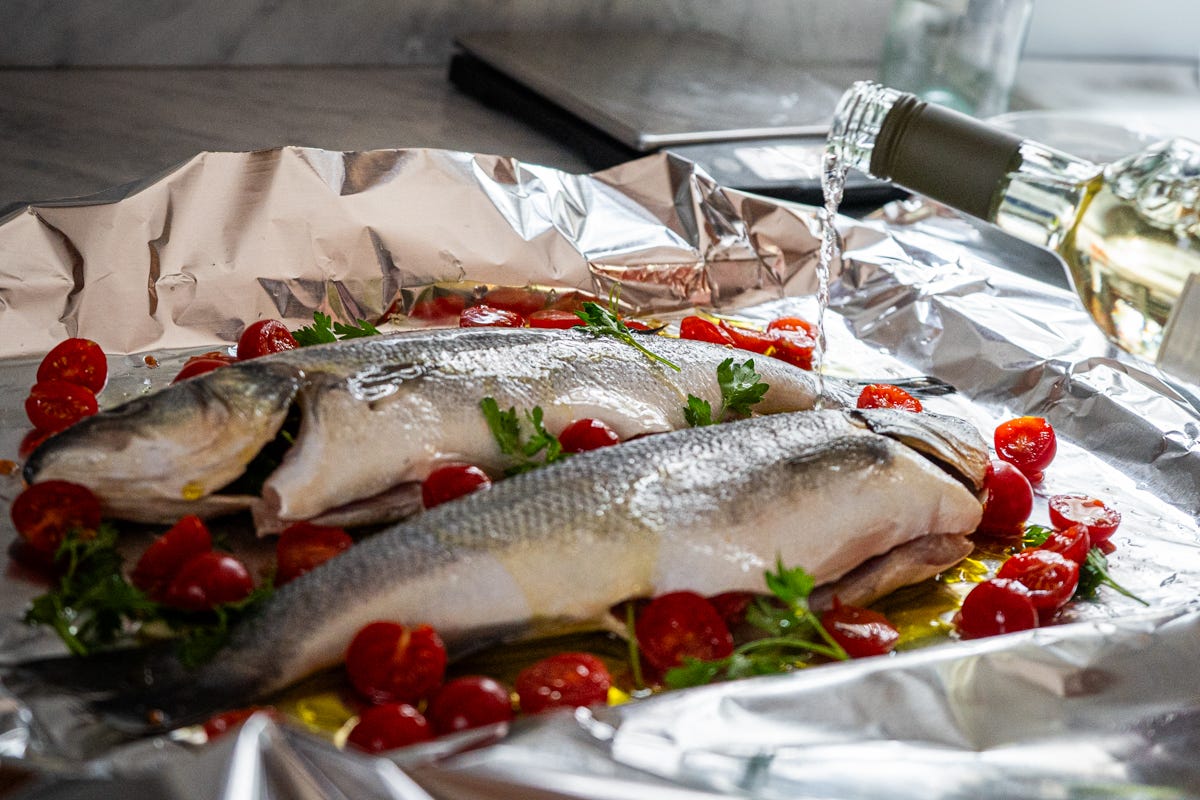

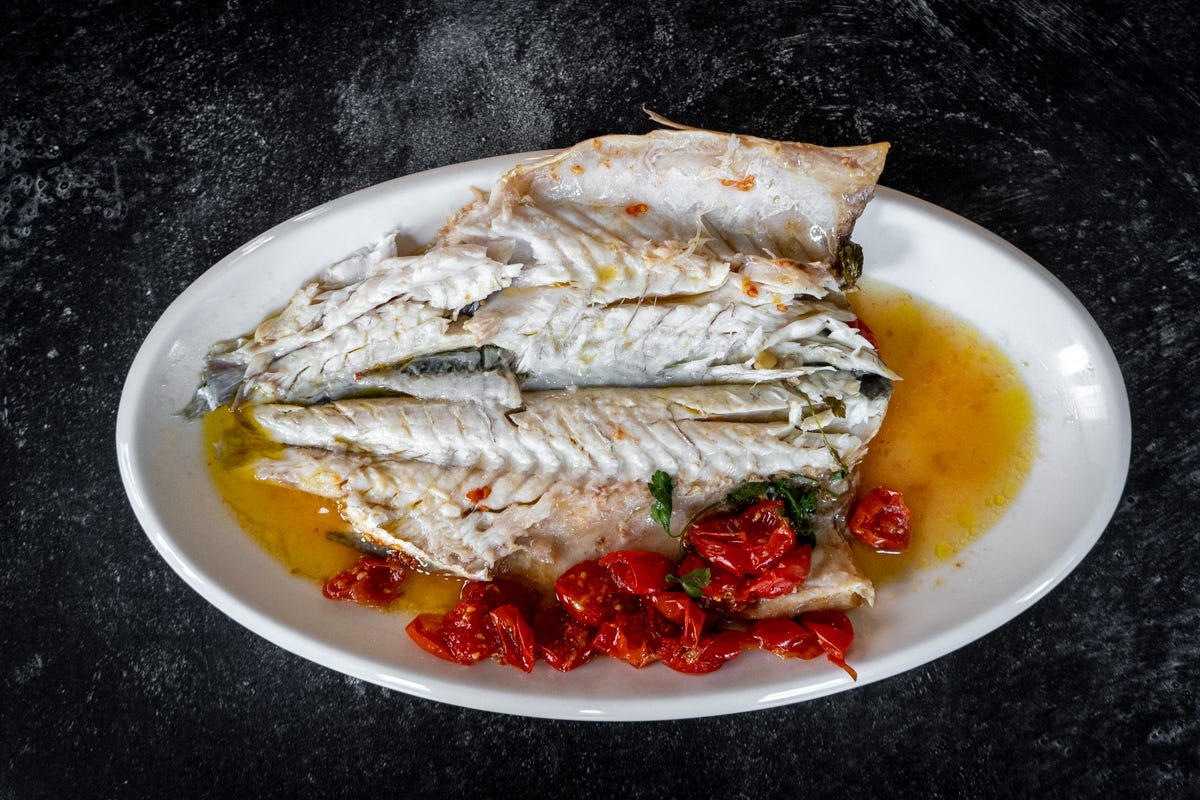
Wonderful story! Carol and I laughed out loud !
Happy Mother’s Day! You raised them well.